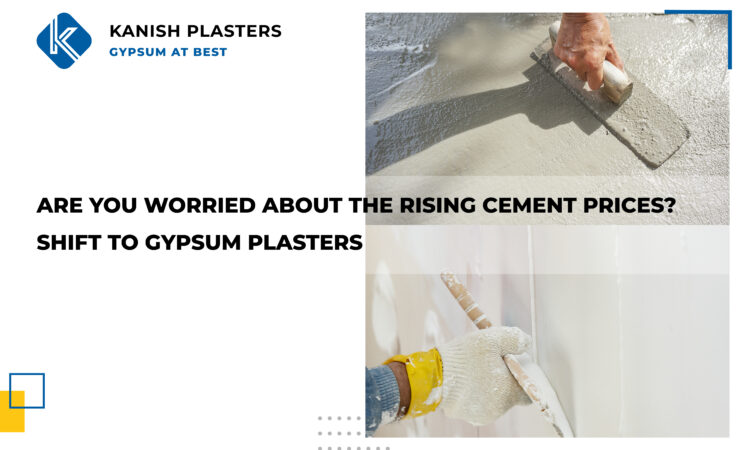Plastering is a finishing process that dates back thousands of years. It’s used to smooth down the blocks or bricks construction on a wall so it looks better. Plastering not just to add aesthetic value, but it also serves as a weather-resistant covering for stones as well as bricks. Various kinds of sealants are utilized in various works based on the intended finishes, components, popularity, and needed proportion.
Concrete finish, lime plaster, terracotta plaster, mud putty, and gypsum putty are some of the plasters available on the market. Gypsum plaster had already grown in popularity during the last several years, and this has completely displaced lime as well as concrete plasters in new construction. For its excellent performance gypsum plaster brands in India are gain a huge popularity.
History of Gypsum Plaster
Plaster of Paris, also known as gypsum, has been around for a long time. It has been used for ages in the building industry because of its exceptional characteristics. Egyptians applied this to the Cheops pyramid in prehistoric Egypt. Egypt’s great pyramid at Giza was built with gypsum plaster as an interior plaster, which shows how durable and long-lasting the material can be.
Based on ‘R. Barry’ (writer of The Construction of Buildings), the usage of gypsum coating has risen significantly in the recent years for both covering and finishing plaster towards the level that it has fully displaced lime and concrete.
How to Put up Gypsum Plaster
Gypsum paste is spread as follows when surface preparation is complete.
- Gypsum Plaster is frequently sold in pre-mixed bags. Put the powder to a clear, dry vessel, then put the water and whisk for two to three minutes.
- Ensure that the required plaster thickness does not exceed 13 mm.
- Apply a thick layer of gypsum paste with hard pressure on the surface.
- Continue smoothing the plaster while it sets. Using a sponge pad and water, clean the surface once the plaster has dried and set.
- Gradually scrape the area to make it smooth.
- Plastered walls should be kept dry at all times.
- Painting must only begin when the area has dried fully.
Gypsum Plaster Properties
- Because it’s light, using it for sealing doesn’t add to the structure’s weight.
- Unlike cement coating, gypsum finish does not weaken when dried and hardened.
- It’s more durable and less likely to chip or break.
- Gypsum has a high concentration of crystal water and is non-combustible. It functions as a fire barrier, keeping the blocks, cement, and steel safe.
- Metal fittings, such as pipes, do not corrode when covered with gypsum plaster.
Conclusion
Because this paste is water soluble up to 2 g/lit, contact to damp circumstances causes the paste to gradually weaken, making it unusable in moist regions and for outside work. Because it absorbs water from the air, a package containing this material shouldn’t be left in a damp area for long. best gypsum plaster brands in India do not make this mistake.


